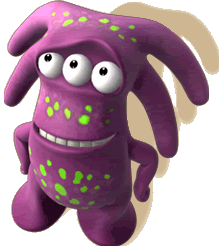
Some aggression ping.

These scientists are behind the power curve. Back in the 1980s, karate martial artists were doing detailed studies into this, and reached some very interesting conclusions.
To start with, human muscle force acts on a curve, depending on the extension of the primary muscle group, and just as importantly, the measured relaxation of the opposing muscle group. That is, for example, when you are going to punch at chest level, when your fist is back near your chest, it exerts far less force than when it is at near maximum extension. If the opposing muscle group does not fully relax, it strongly reduces the force of the muscle movement.
Force multipliers and dividers at the mechanical level are constantly in play. These include complementary forces, torque, centrifugal force, leverage, and the whip effect. A punch or kick is much more potent when the user is firmly seated on the ground than when they are in the air. With a whip effect, the fingers can act like the clapper of a whip and cause serious damage.
Type of motion, linear or circular, also changes the force applied.
By Newton’s second law, force equals mass times acceleration. This means that since your fist weighs the same, the faster you punch, the more forceful the punch.
Follow through to a punch also matters, as does the focus of the force, whether it is the skin, an inch beneath the skin, or through the target. This significantly changes the damage inflicted as well.
A strange discovery is that expertise is not determined by how fast a fighter can hit, but how fast they pull back after a punch or kick. In some circumstances, pulling back so fast that additional damage is caused.
More effect and less injury is achieved by using a soft weapon, like the heel of the palm, against a hard target, and a hard weapon, like the point of the elbow, against a soft target, like the abdomen.
The use of the joints as loose, as levers or braces, or rigidly, strongly effects how they behave. The Wing Chun Kung Fu style has advanced techniques called “iron hand”, in which through training, the joints in the hand can be used like knives. At very short range, they can punch holes into someone’s chest cavity.
While some martial artists break bricks and boards, often this is done with brute force from considerable momentum. However, much more proficient experts can cause the same effect from as little as one inch away from the target, by maximizing the forces available to them.
 iirc it only takes 12lbs pressure to break your collar bone with arms down, with arms back(like hands on hips) it drops off to ~5...
iirc it only takes 12lbs pressure to break your collar bone with arms down, with arms back(like hands on hips) it drops off to ~5...Hmmm....